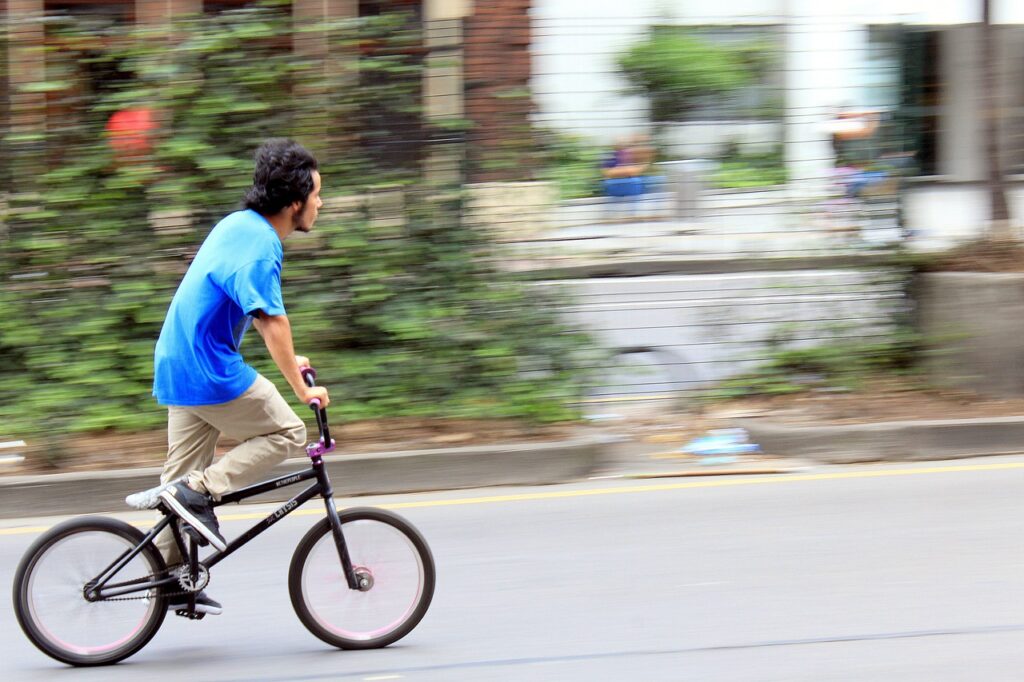The Cities Where You Won’t Find Any Cars
The Covid-19 pandemic galvanized cities like Paris, Milan, and Bogotá to become more pedestrian-friendly.
There are cities around the globe that are starting to reimagine public infrastructure without cars. Amsterdam is one of the most common examples; the city’s design relies heavily on biking as transportation, with fewer automobiles populating the streets than in your average American city. When COVID began, some officials wanted to change the layouts of their cities to provide a refuge from quarantine. A few notable places are now issuing in a new era of pedestrian-friendly cities.
Paris was walking-focused even pre-COVID. The capital of France made a conscious effort years ago to reduce the number of cars on the streets. At the end of 2016, the pathways along the Seine river were completely blocked off for walkers, joggers, and bikers, which was finally made permanent in 2018. When COVID arrived, it only galvanized Paris to become more of a pedestrian-friendly city than it already was.
During the pandemic, Paris focused on providing better outdoor experiences for its quarantined residents. Mayor Anne Hidalgo was reelected in 2020 based on her pedestrian-friendly city mentality. She constructed a plan called the “15-minute city,” an ambitious urban planning concept to restructure each neighborhood in Paris to provide an easier commute for its locals.
Alongside Paris as one of the most pedestrian-friendly cities in the world, it’s also making strides to accommodate its avid biking community. COVID galvanized city officials to install more bike lanes in the city, with the construction of 180 km of additional lanes by 2026. Paris will also provide 180,000 more biking parking spots, making the bicycle an accessible transportation tool for its residents.

Bogotá, Colombia, is another nation’s capital helping its residents live healthier, car-free lifestyles. Though the pedestrian-friendly city already has a massive biking culture (it’s the country’s national sport,) Bogotá wanted to elevate its bicycle accessibility even further. At the beginning of the pandemic, the city’s mayor Claudia Lopez assigned 84 km of temporary bike paths to the already 550 km of permanent lanes.
Alongside its extensive biking community, Bogotá is a pedestrian-friendly city due to its laws regarding car-usage restrictions. On certain Sundays and public holidays, cars are banned from driving on specific lanes to limit the number of vehicles around. This program is called Ciclovia, and its initiative is to bring bicyclists out of their homes and onto the streets. The event provides a safer time for people to enjoy the roads, free from dangerous car collisions.
If you can remember the pandemic’s beginning, Italy was one of the first countries hit exceptionally hard by the virus. Videos circulated widely of Italian citizens quarantined in their apartments, singing and talking to each other from building to building. Milan especially had to adapt to become a pedestrian-friendly city, allowing those to safely go outside without fear of spreading COVID. In 2020, the city created a plan to elongate sidewalks as well as bike paths for safer, accessible transportation.
Milan instituted numerous open-air markets during the pandemic to help lower the COVID spread. The pedestrian-friendly city also transitioned to more outdoor dining, urban gardens, and parks to facilitate healthier social interactions.











